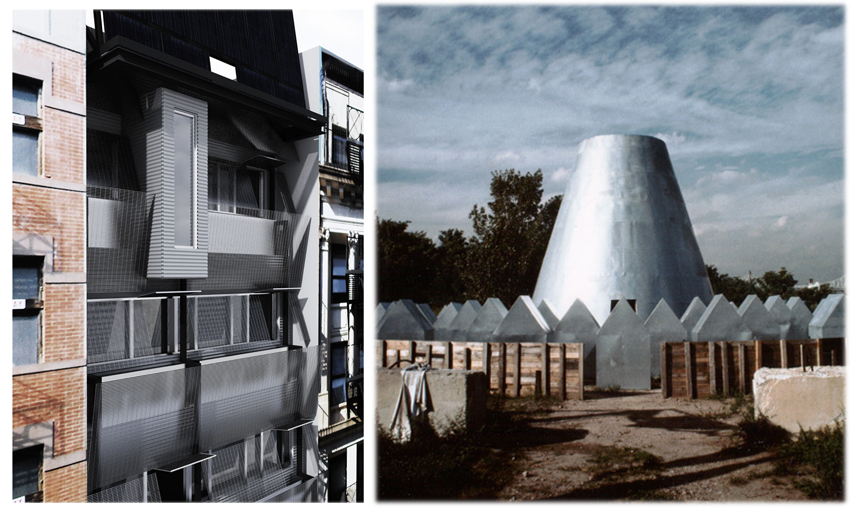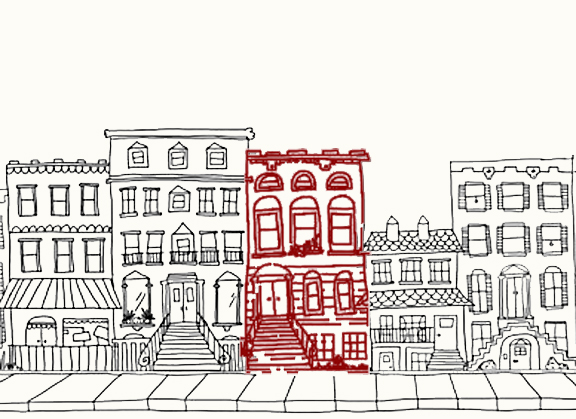 THE ARCHITECT was a hard decision. Even within the current short list of Passive House Certified professionals, NYC offers a great range of individuals and firms, each with strong and unique qualifications, track records, and personal commitments to sustainability. In the end, we went with Paul Castrucci, Architect.
THE ARCHITECT was a hard decision. Even within the current short list of Passive House Certified professionals, NYC offers a great range of individuals and firms, each with strong and unique qualifications, track records, and personal commitments to sustainability. In the end, we went with Paul Castrucci, Architect.
Paul A. Castrucci Architect has a long track record in sustainable design. Established over 20 years ago, the firm often works towards drastically reduced energy use, with advanced energy analysis and ongoing research – alongside design excellence.
The firm is located on Manhattan’s Lower East Side. Over the past decades, Mr. Castrucci has been actively involved in the community and its development, including the current restoration of ABC No Rio. He has designed and renovated sites throughout the Bronx, Brooklyn and Manhattan, many specifically for the homeless and those with low incomes. Paul Castrucci is also an accomplished curator, sculptor and blacksmith. He directed the Lower East Side art spaces A & P and Bullet.



